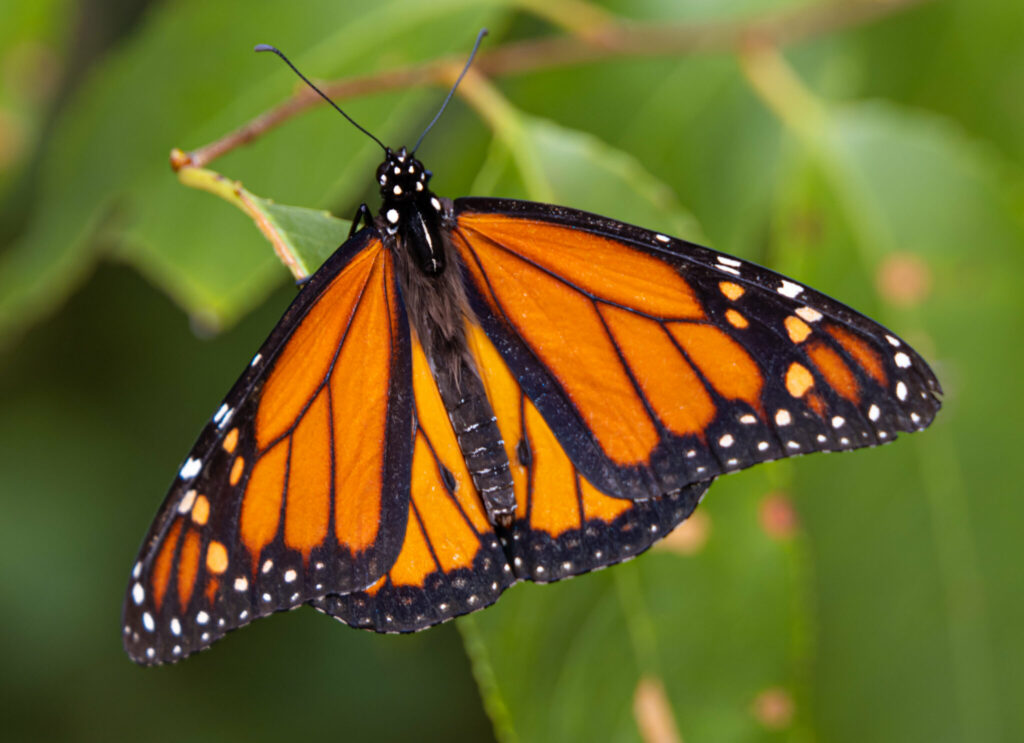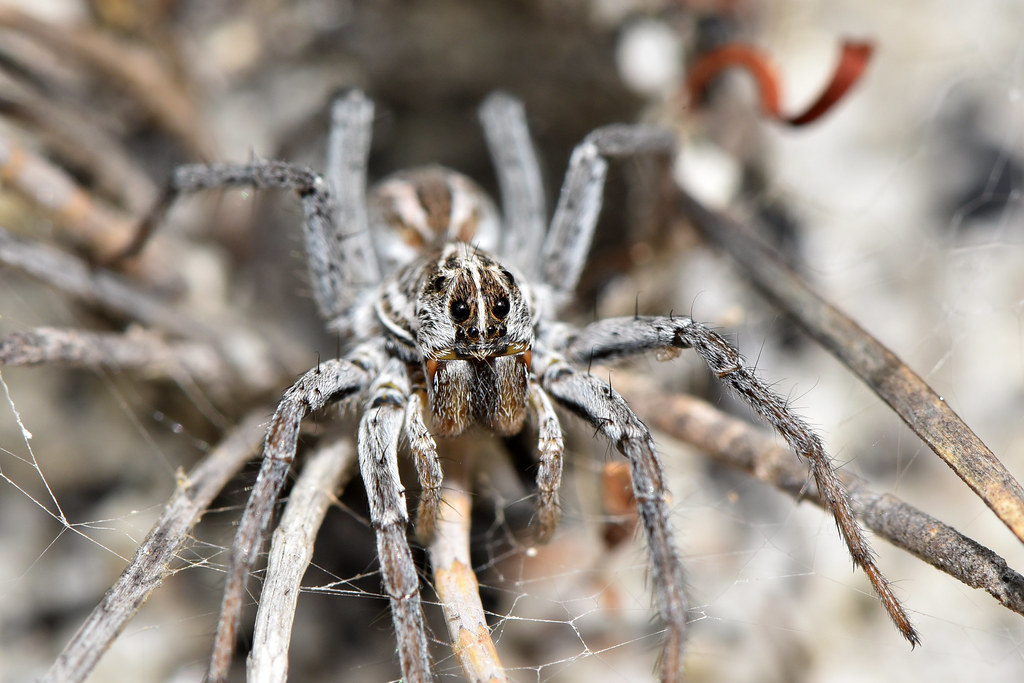Definition: invertebrate animals that have jointed limbs, segmented bodies, and exoskeletons



Small and Mighty!

- Arthropods are a phylum with millions of described species, comprising 84% of all known animal species
- Many play important roles in ecosystems like pollinators, decomposers, and predators/prey for other animals
- They can be omnivores, herbivores, carnivores, detritovores, filter feeders, and parasites, and are found in all types of environments, terrestrial & aquatic.
As Introduced Nuisance Species
Arthropods have found success in non-native habitats around the world because of their:
- Reproductive strategies: most are R-strategists, meaning they have short life-spans but lots of offspring and grow/reproduce very quickly
- Dispersal ability: many are small and mobile, making them really easy to be accidentally spread by humans
- Plasticity: many arthropod species are easily able to adapt and evolve in response to different environmental conditions
Meet the Arthropods!
The EDIAs project studies a big variety of species, good and bad, across the Pacific. We’ll highlight of the most notable on our website, focusing primarily on species on the Hawaiian Islands.
Endemic species are native species that can’t be found anywhere else. Island ecosystems are known for having high rates of endemism and as a result, high biodiversity. The Hawaiian Islands and Mariana Islands both exhibit these characteristics, leading to many endemic species that are specifically adapted to their environment. In Hawaii, the introduction of new species used to be very rare due to the island’s isolation, and so the species that made it to Hawaii lived there in relative isolation over the 70 million years of Hawaii’s volcanic history. These endemic species have exhibited a large degree of adaptive radiation, where a small group of species evolves into a diverse array of specialized forms, each adapted to a specific ecological niche. Now, largely due to development and introduced species, many endemic species are endangered and in need of protection.
Introduced nuisance species have now become widespread in Hawaii as a result of human activity like agriculture, trade, or tourism. Uniquely adapted endemic species are often sensitive to competition from invasive species and has led to extinctions of many endemic species. Introduced nuisance species can have a wide range of effects, including crop and plant damage, predating on native species, introducing new diseases, and altering native habitats.
